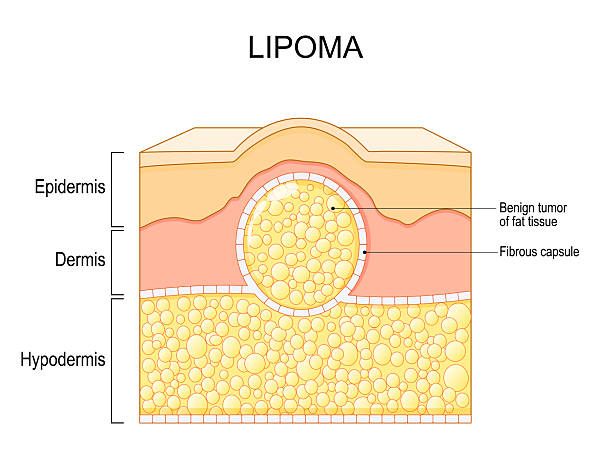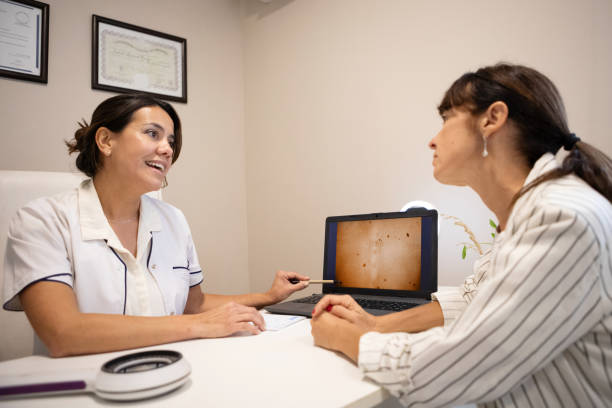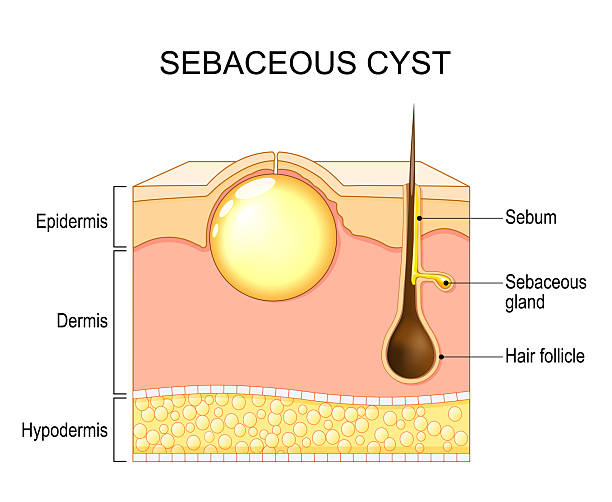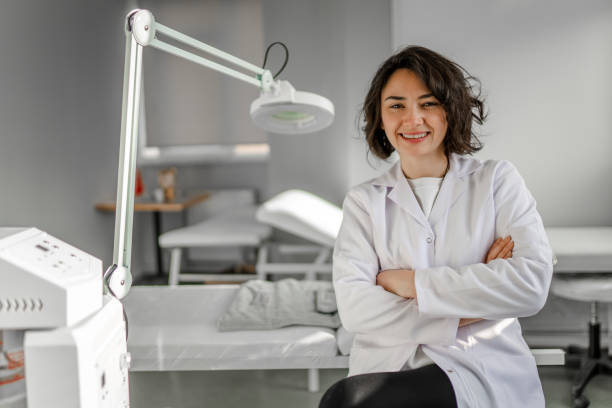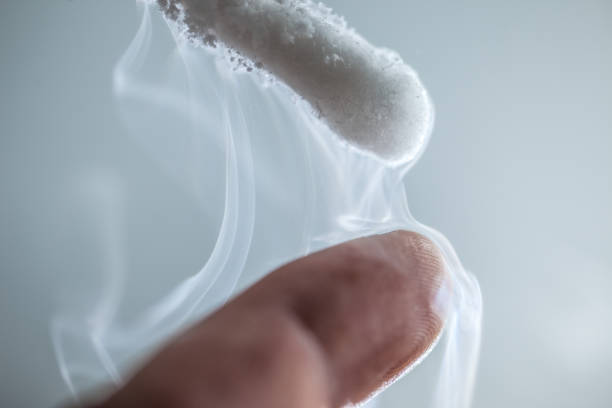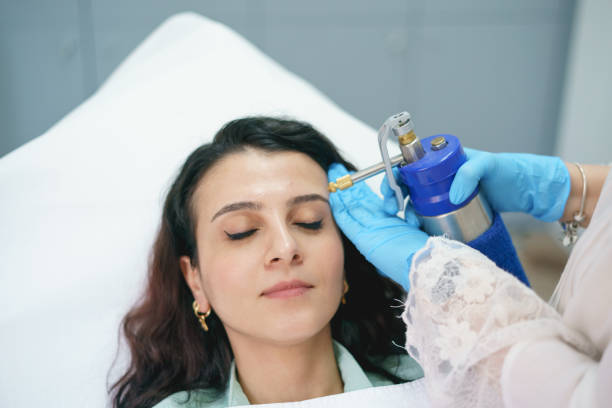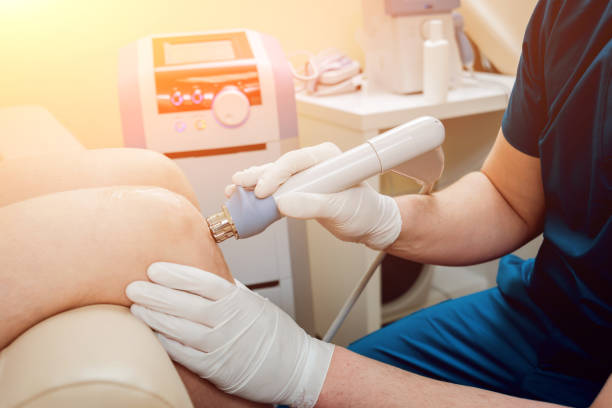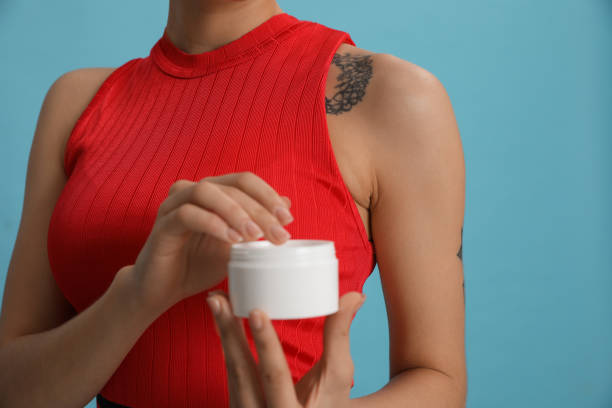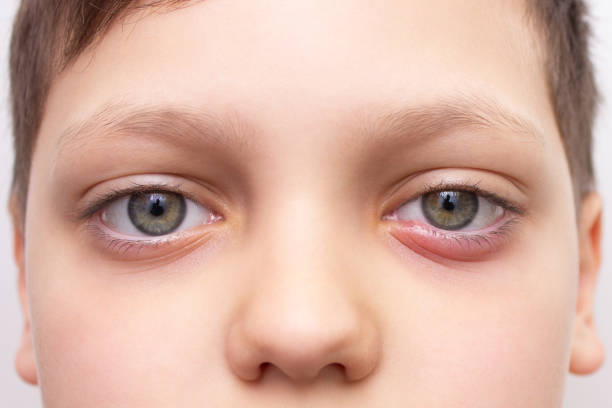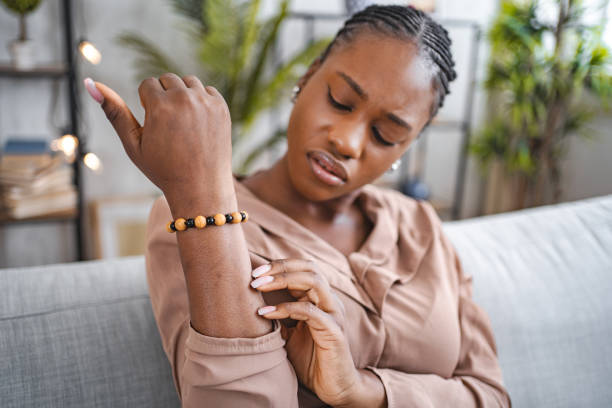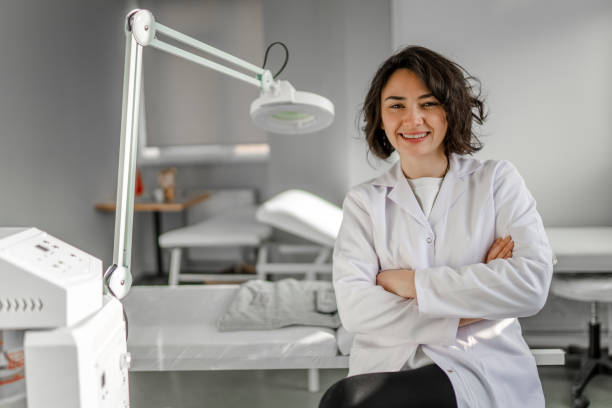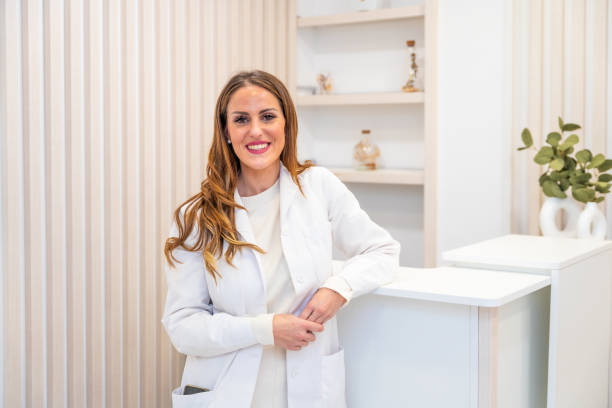Non-Invasive Lipoma Treatment Options: Are They Effective?
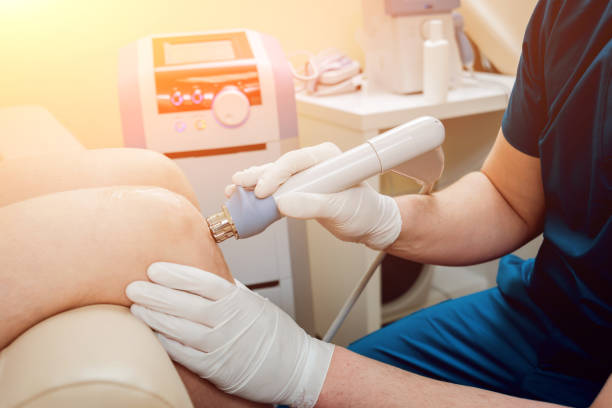
Learning about Various Non-Surgical Lipoma Treatment
Lipomas are lumps below the skin that are made up of fat, and can often be addressed with non-surgical lipoma treatment. Most of the time, they do not cause problems, but if they become big or show up in visible places, they may become bothersome or result in cosmetic concerns. Though surgery has been common for treating lipomas, lots of people now opt for less invasive ways that allow for a quicker recovery.
Non-surgical lipoma treatments focus on reducing the size or visibility of the lump without making an incision. They are suitable for people who do not want much intervention and have not yet considered surgery. Although steroid injections, laser therapy and natural remedies have become popular, not all of them are supported by medical data.
In this article, we’ll explore the most common non-surgical lipoma treatment options available. Let’s examine how good they are, what risks they involve and how they differ from having surgery. If you are seeking gentle and non-invasive care in London, it helps to find out the services offered, which approaches work and when to talk to a professional.
We make sure that patients at Revitalise London receive clear advice and safe options. If you’re choosing a non-surgical approach or just want more information, this guide will assist you.
Common Non-Surgical Lipoma Treatments
Surgery is the surest treatment for lipomas, but many individuals like to use other methods first. Let’s see which non-invasive treatments are discussed the most and determine how well they work.
1. Steroid Injections
Many doctors use corticosteroid injections as a popular non-surgical solution. They are given directly into the lipoma area to make it smaller. Although lipoma removal does not always get rid of the entire growth, it can shrink it a lot. This procedure suits people with small lipomas or who prefer not to go through surgery. Nonetheless, you may need to have the injections several times, and each person experiences different results.
2. Fat-Dissolving Injections.
Some specialists use injections to dissolve fat in the lipoma. They are usually applied in cosmetic fat reduction, though some medical staff have used them for lipoma treatment. The procedure sometimes helps and sometimes does not, so it is still labelled as experimental for treating lipomas.
3. Laser Therapy
Using lasers has been considered a gentle approach to reduce lipomas. The purpose is to break down fat cells by using intense light. Yet, this approach is not commonly used in clinics because there is not much proof, and the outcomes vary. It is more effective to use laser therapy on the skin, rather than for very deep fatty lumps called lipomas.
4. Natural Home Remedies
Natural oils (such as turmeric, tea tree oil or apple cider vinegar) may help reduce lipomas when used topically. These methods have not received a lot of support from scientific research. While it is usually safe to apply them to your skin, they do not give meaningful benefits. Using home remedies as the only solution might prevent you from getting proper care.
5. Weight Loss and Everyday Habits
Being overweight does not cause lipomas, but staying healthy and active is always good for your health. Although weight loss has little effect on lipomas, healthy living benefits your skin and tissue in general.
Non-surgical techniques could offer some relief or minor improvements, yet do not usually get rid of the lipoma completely. In many cases, these options are tried first, until surgery is considered. If the lump changes in any way, grows fast or starts to hurt, you should always seek advice from a professional before trying treatment.
Benefits and Limitations of Non-Surgical Lipoma Treatments
Non-surgical lipoma treatments offer a more conservative approach for those hesitant about surgery. Although they look attractive because they are minimally invasive, some significant limitations need to be considered.
Perks of Choosing Non-Surgical Lipoma Treatment Options.

Minimally Invasive
Most of these procedures, for example, steroid injections and laser therapy, are non-surgical and don’t require incisions or stitches. As a result, these treatments attract people who do not want to go through the risks or recovery periods of surgery
Lower Probability of Scarring
With no cutting, the chance of scarring is very low, so this is important for lipomas in places people can see, like the face, neck or arms.
Quick and Easy Recovery For Non-Surgical Lipoma Treatment
You usually need very little time to recover after non-surgical treatment. You can go back to your usual routine right after your appointment, which is suitable for people with jam-packed schedules.
Temporary Relief
Specific treatments exist to make the lipoma smaller and alleviate the discomfort caused by its pressure. It is beneficial for people who are not prepared for surgery.
Issues And Challenges Involved
Incomplete Removal
Treatments besides surgery usually do not get rid of a lipoma completely. Almost all treatments just shrink the lump, and it can return or grow again.
Limited Effectiveness
Sometimes, fat-dissolving injections or laser therapy do not work as expected. There is not much proof from science that these methods help as much as surgical removal does.
Not all Lipomas Are Suited For This Treatment
Lipomas that are big, very deep or have symptoms don’t often get better with non-surgical approaches. Such cases are usually treated best with surgery, which is both safe and effective.
Sessions Should Be Repeated
Surgery usually takes care of lipomas in a single session, while non-surgical treatments might need you to come in more than once. And this process might cost you or take a lot of time in the future.
A Personalised Approach Is Critical Non-Surgical Lipoma Treatment .
The type of treatment you need should depend on how big the lipoma is, where it's present in your body, your overall health and what you want. A medical professional can advise you on whether you should try a non-surgical approach or get surgery.
Pros and Cons of Non-Surgical Lipoma Treatments
When considering non-surgical lipoma treatment, it’s essential to weigh the pros and cons to make an informed choice. Even though these are helpful, not everyone can use them, and they aren’t the best approach for every lipoma.
Pros For Non-Surgical Lipoma Treatment
- Non-surgical treatments are usually performed without cuts, stitches or scarring. People who are concerned about how they look may find this process ideal.
- Because surgery is not needed, you recover faster. Many times, you are able to get back to your usual activities right away.
- Sometimes, treating back pain without surgery, such as with steroids or natural remedies, is less expensive than having surgery.
- Since there are no cuts, the risk of an infection occurring is very low compared to surgery.
Cons For Non-Surgical Lipoma Treatment
- Non-surgical ways of treating lipomas can shrink them, but they usually do not get rid of them completely.
- Without the entire lipoma being removed, it can reappear in the future.
- Sometimes Large or Uncomfortable Lipomas Must Be Treated Surgically: Large or deep lipomas or those that cause pain or pressure are often treated by surgical means.
- With some treatments, such as injections, it takes more than one session and a period before you can notice the benefits.
Most of the time, non-surgical options work best for people with small, simple lipomas who do not want to have surgery. In cases where the lipoma increases, hurts or disrupts your body’s functions, it may be best to see a specialist for surgical help.
The Role of Lifestyle in Supporting Non-Surgical Lipoma Treatment

Even though non-surgical treatments are easier on the body, they should be used along with good daily habits. Although changing your lifestyle won’t get rid of pre-existing lipomas, it can help improve your skin and lower your chances of getting more.
1. Picking Healthy Food
A healthy diet that has plenty of antioxidants, omega-3 fatty acids and fibre can reduce inflammation and improve how fat is burned. Leafy greens, berries, fatty fish, nuts and seeds are foods that provide advantages. Cutting down on foods that are processed, high in refined sugars and contain trans fats may lower the chances of extra fat forming.
2. Weight Management
While lipomas are not related to being overweight, being active and fit by exercising often helps relax your body’s fat metabolism. Obesity increases the risk of fatty deposits, which makes it essential to exercise regularly to avoid them.
3. Avoiding Trauma
Certain specialists think that repeated trauma or wounds in the same area may lead to the development of lipomas. Watching out for physical stress on your body can assist in prevention, particularly if lipomas have affected your family.
4. Health Check-ups Should Be Given Regularly
If people are at genetic risk for lipomas and notice new lumps, they should see a doctor. Regular checks of your skin enable you to find changes early, which makes treatment easier.
Changing your lifestyle may not get rid of lipomas, but it supports alternative treatment and is suitable for your skin in the long run.
Preparing for Your Non-Surgical Lipoma Treatment
Before starting any non-surgical lipoma treatment, it’s essential to have a thorough consultation with your specialist. At this appointment, your doctor will check the lipoma’s size, position and type to figure out the best way to treat you. Your doctor will also check your medical background and your allergies to guarantee your safety.
Pre-Treatment Guidelines
Before starting treatment, you might be told to stop taking blood thinners to prevent extra bruising. It helps to stop drinking alcohol and smoking a few days before your visit, since these slow down the healing. If you wear something comfortable and have a companion with you, the day at the clinic will be less stressful.
Getting Your Mind Ready and Setting Goals
Having reasonable expectations before starting treatment is very important. Some of these methods need you to be patient, since good results take time, often weeks or months. Your specialist will give you a schedule and help you understand what is to come, which helps ease your fears and boosts your confidence.
Why is it better to try Non-Surgical Treatments first?
Surgical risks are lowered since it is a less invasive procedure.
One of the most significant benefits of non-surgical lipoma treatments is that they are minimally invasive. They are considered safer than surgery since they avoid cuts and therefore lessen the risk of infection, scars and other problems. Because of this, more people can rely on them, notably those whose health makes a surgical procedure more risky.
A faster process of getting back to normal
Most non-surgical treatments are quick and easy for patients. Most people can go back to their everyday activities straight after the procedure. Usually, it takes days or even weeks for the area to heal after surgical removal.
It is both inexpensive and convenient.
The fact that non-surgical procedures don’t use expensive hospitals and anaesthesia makes them cheaper. Since they are done quickly in clinics, they are simple for people with limited time to get.
Lipomas that are small to medium in size are best treated with this method.
In some cases, lipomas are best treated with non-surgical methods because surgery would be more complicated. Therefore, more patients who want gentle therapy can now receive these treatments.
How Confidence and Your Lifestyle Are Affected by Non-Surgical Techniques
Improved Look With No Surgery
The presence of lipomas, which are not dangerous, can sometimes make you feel self-conscious, especially if they show up in visible parts of your body. Treatments other than surgery can cause these lumps to shrink, which can reduce discomfort and give you more confidence.
No Disruption to the lifestyle
Non-surgical treatments do not hurt much, and you can get back to normal soon, making them perfect for daily life. Being able to continue with your job, physical activity and social life does not interrupt you, which helps reduce stress and improves your emotional health.
Supporting Good Mental Health
Being worried about lumps or bumps may influence mental health. Gently treating a lipoma can raise your spirits and let you feel more confident in your appearance.
Information on Follow-Up Care and How it is Monitored
Regular Check-Ups
After you have the non-surgical treatment, the specialist will set up regular appointments to check on the lipoma. Visits to the doctor help them review the results of the treatment and determine if more sessions are necessary.
Taking Care of Possible Side Effects
Some people may get redness, swelling or tenderness in the treated area after their procedure. Most of the time, they go away quickly, but you should inform the doctor if they get worse. Your clinic will guide you on how to look after the treated part for a faster recovery.
Long-Term Monitoring After Non-Surgical Lipoma Treatment
After successful treatment, a few lipomas might come back. Keeping an eye on things at regular intervals prevents new growth issues from getting worse. Your specialist will tell you when you should come back for check-ups according to your situation.
Why Choose Revitalise London for Non-Surgical Lipoma Treatment
When considering non-surgical lipoma treatment, choosing a trusted and experienced clinic is essential for safe and effective results. Revitalise London is among the top providers of advanced treatment for lipomas in the United Kingdom.
Experiences and Qualifications
Our team at Revitalise London includes highly trained specialists with extensive experience in both surgical and non-surgical lipoma treatments. We review every patient’s details to suggest the best treatment plan. The team regularly updates their skills to provide you with modern care.
Plans made just for the individual
We feel that at Revitalise London, every patient should receive personalised attention. Treatment is customised for your lipoma, its size and where it is located and your overall health. If you decide on non-invasive care or need surgery, our team will guide you through every part of the process kindly and clearly.
Advanced Techniques That Do Not Require Surgery
We provide new non-surgical treatments, including lipolysis and specialised ultrasound therapy. These techniques are meant to make the lipoma smaller with less pain and a quick recovery time. We want to ensure your comfort and convenience at all times, and we work hard to deliver effective outcomes.
State-of-the-Art Facilities
Revitalise London has access to the newest medical tools and keeps things clean and safe. You will be treated in a comfortable and secure environment at our modern facilities, guaranteeing excellent care all the time.
Help is provided with all aspects of aftercare.
Taking care of yourself after surgery is an integral part of successful lipoma treatment. After the procedure, we give complete instructions on how to heal properly and avoid future problems. Our team is always available to meet with you again, making sure your treatment results are as you expected.
Non-Surgical Lipoma Treatment Patient-Centred Approach
We focus on open talks, instructions for patients and support for your emotions as we treat you. We want you to feel sure and informed about what you can choose, so you enjoy your visit to us.
When you pick Revitalise London, you can be sure that your well-being, safety and contentment matter to us. Contact us today to learn more about our non-surgical lipoma treatment options and schedule a consultation.
Conclusion: Taking Control with Non-Surgical Lipoma Treatment
Non-surgical lipoma treatments offer a safe, effective, and convenient alternative to surgery. Since the risks are smaller and recovery is fast, these options can give you better looks and higher self-esteem without getting in the way of your normal activities. If you prepare well, set reasonable goals and continue your aftercare, you are more likely to get the best results. You can choose non-surgical treatment, as your needs are easily addressed without surgery. If you are planning to treat a lipoma in London, meeting with experts at Revitalise London can assist you in making the next move towards a lump-free skin.


